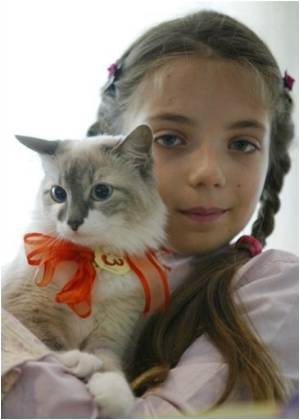
The pupil is best known for changing size in reaction to light. In a dark room, the pupils open wide to let in more light, but as soon as you step outside into the sunlight, the pupils shrink to pinpricks.
This keeps the retina at the back of the eye from being overwhelmed by bright light. Something similar happens in response to psychological stimuli, says Bruno Laeng of the University of Oslo, who cowrote the paper with Sylvain Sirois of Universite du Quebec a Trois-Rivieres and Gustaf Gredeback of Uppsala University in Sweden.
Laeng said that when someone sees something they want to pay closer attention to, the pupil enlarges. It's not clear why this happens.
"One idea is that, by essentially enlarging the field of the visual input, it's beneficial to visual exploration," Laeng said.
However it works, psychological scientists can use the fact that people's pupils widen when they see something they're interested in.
Advertisement
However, Laeng measured patients' pupils while they did this test and found that the patients did actually respond differently to the pictures they had seen before.
Advertisement
Pupil measurement might also be useful for studying babies. Tiny infants can't tell you what they're paying attention to.
"Developmental psychologists have used all kinds of methods to get this information without using language," Laeng said.
Seeing what babies are interested in can give clues to what they're able to recognize.
A researcher might show a child two images side by side and see which one they look at for longer. Measuring the size of a baby's pupils could do the same without needing a comparison.
The technology already exists for measuring pupils-many modern psychology studies use eye-tracking technology, for example, to see what a subject is looking at, and Laeng and his coauthors hope to convince other psychological scientists to use this method.
The study has been published in Perspectives on Psychological Science.
Source-ANI









